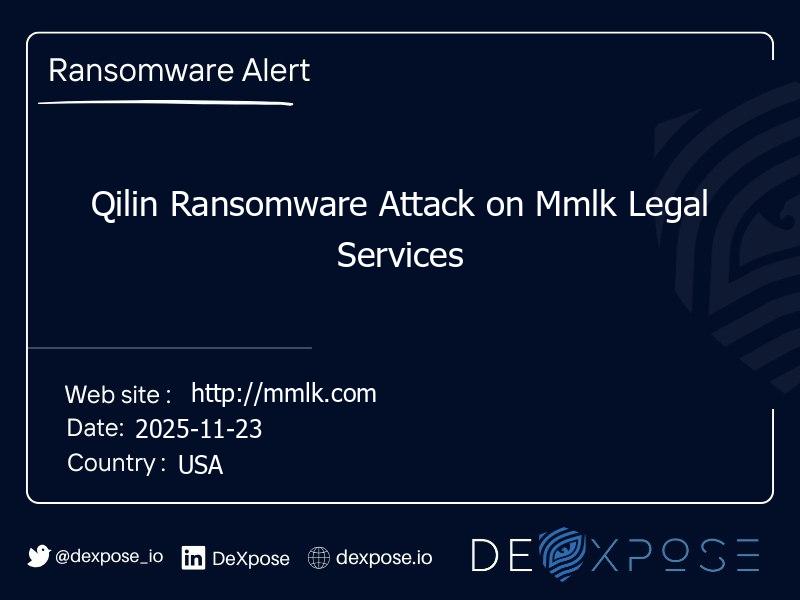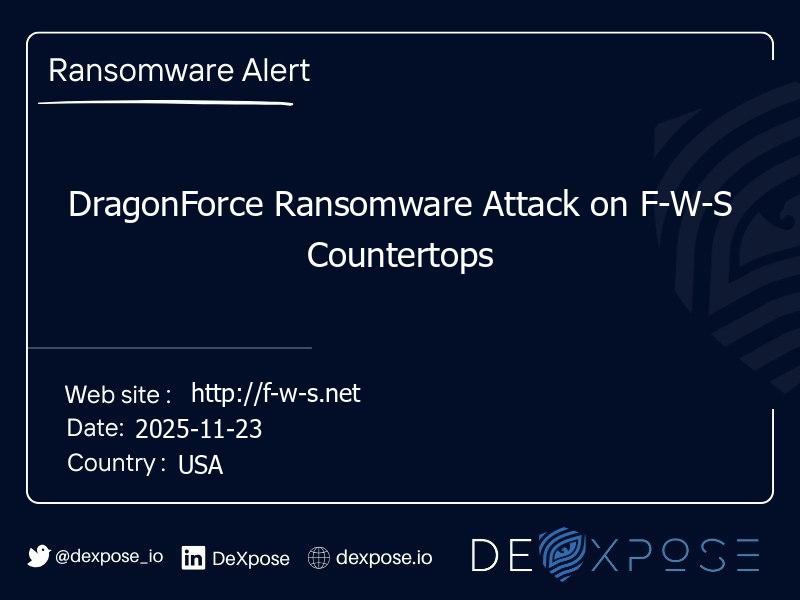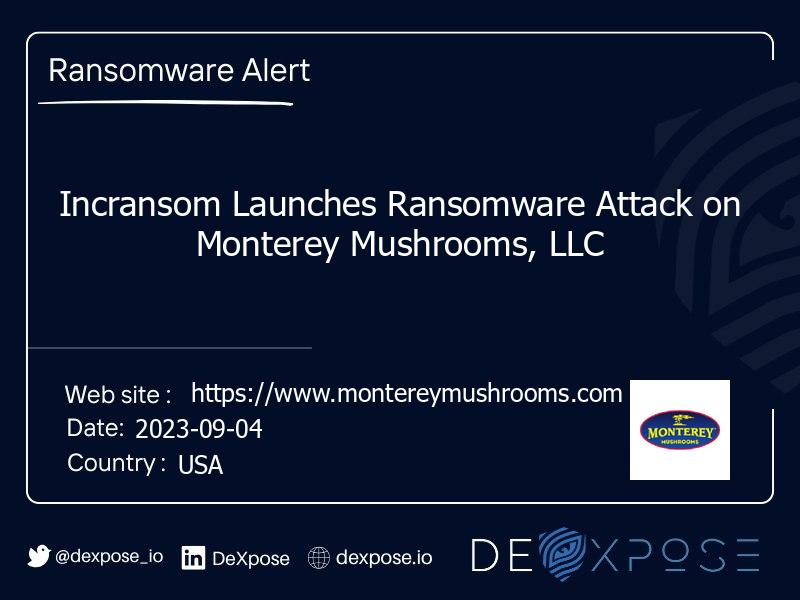Insider Threat Monitoring sits at the intersection of people, process, and technology—acting as your organization’s first line of defense against data loss, sabotage, and compliance failures. In the opening moments of any security incident, such as when you need to check if an email is compromised, it’s often what separates a quick containment from a costly breach. This post outlines the steps to establish a modern, practical insider threat program that identifies risky behavior early, safeguards sensitive assets, and fosters trust and confidence.
Why Insider Threat Monitoring Matters Today
Organizations face a dual reality: external attackers remain relentless, but a surprising number of incidents stem from insiders—both malicious and negligent. Effective monitoring reduces the mean time to detect and provides security teams with contextual signals to act, without turning the workplace into a surveillance zone. When done right, monitoring protects both the company and employees by preventing reputational damage and ensuring compliance.
Real risks insider monitoring prevents
- Data exfiltration (sensitive files moved to personal cloud or USB).
- Credential misuse (shared or sold credentials enabling lateral movement).
- Privileged abuse (administrators acting outside policy).
- Shadow IT adoption that bypasses security controls.
Core Components of a High Value Insider Threat Program
To be effective, insider threat programs must combine behavioral insight, threat intelligence, and response playbooks. Below are the essential elements.
1. User and Entity Behavior Analytics (UEBA)
UEBA builds a baseline behavior for users and systems, then uses Dexpose to highlight deviations such as large downloads at odd hours, unusual access patterns, or sudden privilege changes. This baseline-driven approach reduces false positives and concentrates investigations.
2. Endpoint & Network Visibility
Comprehensive telemetry from endpoints, network flows, and cloud services helps investigators reconstruct what happened and where. Endpoint detection combined with log aggregation provides both speed and context.
3. Threat Intelligence Integration
Enriching internal alerts with external signals such as compromised credentials or chatter about leaked company data—improves prioritization and accuracy. This is where Advanced Cyber Threat Intelligence becomes vital, as it links internal anomalies to broader campaigns and known indicators of compromise.
4. Dark Data Awareness
Monitoring external forums and hidden corners of the internet can uncover pre-breach activity. Services like Deep Web Scanning and Dark Web Monitoring help detect leaked credentials, stolen documents, or conversations indicating insider collusion.
How Insider Threat Monitoring Works Step by Step
- Data collection includes logs, mail flow, file access, DLP events, and cloud API calls.
- Baseline creation automatic profiling of regular user and device behavior.
- Anomaly detection scoring and prioritization of unusual actions.
- Context enrichment correlate with threat feeds, HR events, and asset value.
- Response automation tickets, containment (revoke sessions), and forensics.
- Review & update tune models, policies, and playbooks based on incidents.
Technologies and Signals to Watch For
- File copying to external drives or unknown cloud services.
- Repeated failed logins followed by sudden success from new geo-locations.
- Bulk email is being forwarded, or large attachments are being shared externally.
- Privilege escalation events or unauthorized use of admin tools.
- Newly created accounts, oddly timed scheduled tasks, or disabled logging.
Table: Reaching Insider Threat Detection Approaches
| Approach | Strengths | Typical Use Cases | Drawbacks |
|---|---|---|---|
| Rule-based DLP + SIEM | Deterministic, fast alerts | Compliance monitoring, PCI/PII protection | High false positives, brittle rules |
| UEBA & ML Scoring | Detects unknown threats via behavior | Subtle exfiltration, account takeover | Requires quality data, initial tuning |
| Endpoint Detection & Response (EDR) | Deep forensic detail | Malware + lateral movement detection | Can be noisy without context |
| Dark Web & Threat Intel Feeds | External exposure signals | Finding leaked creds, sales of data | Needs correlation with internal events |
| Hybrid Platform (integrated) | Best context + automation | Enterprise-wide insider programs | Higher cost, integration effort |
Practical Playbooks: What to Do When an Alert Fires
- Containment (automated): revoke sessions, isolate endpoints, block external sharing.
- Investigation (human + tools): gather timeline, validate intent (negligent vs. malicious).
- Remediation: restore systems, rotate credentials, and patch cycles.
- Follow-up: HR, legal, and communications coordination when required.
Balancing Privacy and Security

A successful insider threat program prioritizes proportionality and transparency. Policies should be clear about what is monitored, why it’s monitored, and how data is handled, including the use of tools like data breach scans to identify potential vulnerabilities. Involve HR and legal early. Communicate the program’s defensive purpose—protecting colleagues, customers, and the organization’s future.
Integrating External Signals: Darkweb report & Email Checks
A timely external feed can turn uncertain internal anomalies into high-confidence incidents. For example, discovering a Darkweb report in Sharjah that includes a company email or document elevates severity. Likewise, automated checks to verify if an email is compromised or using an Email breach checker help rapidly validate whether a user’s credentials have been exposed, enabling fast remediation, such as forced password resets and MFA enforcement.
3 4 Bullet Lists (Actionable Guidance)
Quick wins for security leaders
- Enforce multi-factor authentication company-wide.
- Audit and limit privileged access with just-in-time elevation.
- Deploy DLP on endpoints, in the cloud, and on email gateways.
Detection signals to prioritize
- Large or frequent downloads to personal repositories.
- Use of unsanctioned collaboration tools or cloud storage.
- Repeated access outside regular role or business hours.
Long term program investments
- Continuous training for security analysts on human-centric investigations.
- Regular tabletop exercises that include HR and legal.
- Investment in high-fidelity telemetry and retention for forensic timelines.
Advanced Use Case: Brand Protection and Employee Risk
Insider incidents can spill outwards—customer lists, intellectual property, or internal messaging can end up in public channels. Coupling insider monitoring with Brand Protection in Sharjah activities helps detect when proprietary content is surfaced externally. This combined approach accelerates takedowns, mitigates reputational harm, and provides legal teams with evidence when pursuing remediation.
Measuring Success: KPIs That Matter
- Mean time to detect (MTTD) for insider incidents.
- Mean time to contain (MTTC) after detection.
- Reduction in false positives per month (indicating tuning).
- Percentage of privileged access reviews completed on time.
- Proportion of incidents identified by correlation with external threat feeds.
Implementation Checklist
- Inventory sensitive assets and map owners.
- Centralize logging (cloud, web, endpoints).
- Deploy behavioral analytics and tune thresholds.
- Subscribe to targeted threat feeds for credential and leak detection.
- Create well-documented response playbooks and communication templates to ensure effective and efficient communication.
Case Study Snapshot (Hypothetical)
A mid-sized fintech noticed unusual export behavior from a customer support account. UEBA flagged a spike in downloaded CSVs. Simultaneously, a Dark Web Monitoring alert revealed a matching file hash that had been posted to a forum. The security team quarantined the account, reset credentials, and notified affected customers—all within hours—minimizing impact and demonstrating the power of correlated internal and external signals.
Implementing Insider Threat Monitoring: Best Practices
- Use least-privilege access and role-based controls.
- Automate containment for high-confidence events to reduce dwell time.
- Maintain audit trails and tamper-resistant logs for investigations.
- Maintain regular alignment between HR and legal for effective policy enforcement and incident response.
- Train employees on safe data handling and how to report suspicious activity.
The Human Factor: Culture, Not Just Tools
Technology uncovers signals; people interpret them. Building a culture where employees understand security expectations, feel safe reporting mistakes, and receive regular awareness training reduces negligent insider risk. Celebrate positive security behaviors and provide clear, personal reporting channels.

Closing Thoughts
Insider threats are not a problem that can be eliminated, but they can be managed. By combining behavioral analytics, telemetry, external intelligence, and well-rehearsed response playbooks, Insider Threat Monitoring becomes a proactive shield that prevents small mistakes from escalating into major problems. You’ll reduce risk, shorten investigations, protect your brand, and preserve trust with customers and employees alike.
Frequently Asked Questions
1. What is the primary goal of insider threat monitoring?
To detect and respond quickly to risky or malicious actions by insiders, minimizing data loss and operational impact. It strikes a balance between protection and privacy to maintain trust.
2. How quickly can monitoring detect compromised credentials?
With integrated feeds and anomaly detection, many compromises are flagged within hours; correlation with external breach indicators accelerates confirmation and verification. Timely remediation depends on automation and response playbooks.
3. Will monitoring stop all insider incidents?
No system can stop every incident, but layered monitoring drastically reduces dwell time and impact by enabling fast containment and forensic response. Prevention, detection, and human oversight together create resilience.
4. How does Dark Web Monitoring help my program?
Dark Web Monitoring surfaces exposed credentials or leaked data that can be mapped back to internal alerts, transforming uncertain anomalies into high-confidence incidents that can be acted upon.
5. Is insider monitoring compliant with privacy laws?
Yes, when policies are transparent, minimal data is retained, access is restricted, and legal and HR counsel guide program design to align with local laws and employee rights.






